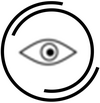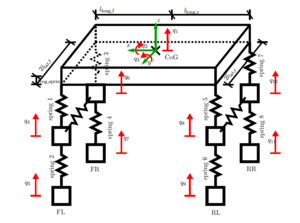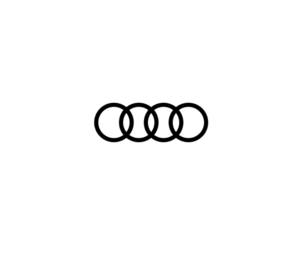Keywords
optimization, perception, automated vehicles (AV), product family design, solution-space engineering, solution-compensation spaces
Problem definition
Perceiving the relevant objects in the environment of an automated vehicle builds the basis for the correct interpretation of the situation and thus for all subsequent algorithms up to the decision on how the vehicle will (re-)act.
Number as well as properties of various perception sensors such as camera, radar and lidar must be selected in an early development phase, where many parameters of the vehicle have not yet been determined.
A product family consists of different vehicle types and variants that differ, for example, in dimensions or dynamic properties.
All vehicles in the product family must be able to detect the relevant objects in the environment as reliably as possible, since the same detection and planning algorithms will later be used in the entire fleet.
To achieve this, uncertainties must be taken into account that arise when describing the vehicle, the sensors, and the relevant scenarios.
Goal
The goal of this project is to develop a method that determines properties and positionings of perception sensors for a family of automated vehicles (fleet). These have to maximize the probability to detect the relevant objects in the environment. Furthermore, either the number of sensors or the total possible cost is limited. Uncertainties in a number of different scenarios have to be considered.
Approach
For each product variant, the design variables (e.g. opening angle of a camera, mounting position and orientation of a lidar sensor) are mapped onto the quantities of interest (e.g. object detection probability, cost).
This yields a region of “good designs” (a solution space) for each variant and if they overlap, e.g. the same sensor or position can be used for different variants.
To compute the quantities of interest, e.g., the detection probability, the uncertainties in product variants and design variables have to be considered. Various relevant scenarios have to be included in order to achieve robust performance for various objects (e.g. dynamically moving like other vehicles or pedestrians, static objects of different sizes like traffic lights or houses), in different environmental conditions (e.g., lighting, rain). The behavior of the vehicle itself has to be considered as well (driving at various speeds and accelerations, vertically and horizontally).


